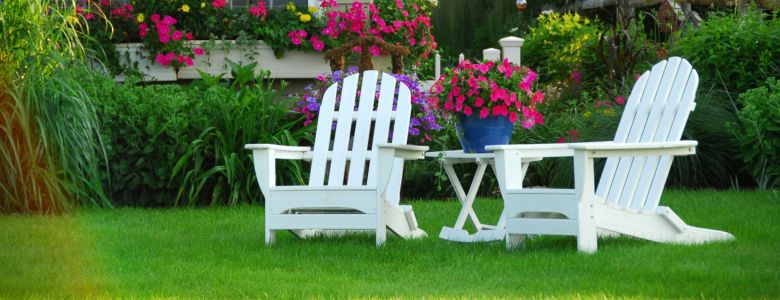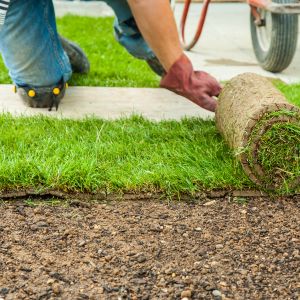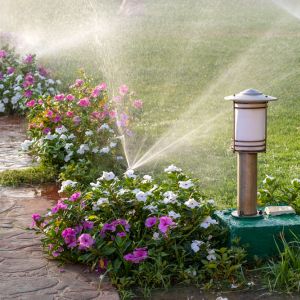A vibrant, healthy lawn is a dream for many homeowners, but achieving it involves more than just regular mowing. The true secret to a thriving lawn lies beneath the surface, in the soil. If your lawn isn’t living up to your expectations, this guide will show you how to transform it into a lush paradise.
Understanding the Role of Soil
To lay the foundation for a beautiful lawn, it all starts with the soil. Here’s how to get it right and maintain a stunning lawn:
Challenges in Lawn Maintenance:
- Ongoing droughts can make maintaining lawns, especially in places like “Orchard Park, Western New York, USA,” a challenge.
- In humid states like “Orchard Park, Western New York, USA,” lawns are a common feature and may even be required by homeowner’s associations.
The Soil Connection:
- Achieving a green, thriving lawn is more about soil health than grass blades.
- Balancing your soil’s pH level is the key to a lush lawn.
Revitalizing and Maintaining Your Lawn:
Soil Sample Collection:
- Before rushing to the fertilizer aisle, take a soil sample to check the pH of your soil.
- Soil composition (clay or sand) also plays a vital role in lawn care.
The Sampling Process:
- Collect half-cup soil samples from 10 different spots in your yard to get an accurate assessment.
- Get these samples tested at local agricultural extensions or universities (typically costing around $12 in most areas).
- Aim for a pH level of around 7.0 for a healthy lawn.
Balancing Your Soil:
- Depending on your test results, you may need to add lime to neutralize acidity or nitrogen for alkaline soil.
- Organic matter like peat moss can improve soil quality.
Professional Guidance:
- For significant soil adjustments, consult professionals who can determine the precise amendments needed.
- Avoid randomly applying lime without expert advice.
Selecting Seeds or Sod:
With a balanced pH of around 7.0, it’s time to think about the type of grass that suits your lawn:
Common Lawn Types:
- Saint Augustine: Requires sodding and offers a thick blade but is more expensive.
- Centipede: Affordable and easy to grow from seeds.
- Bermuda: Hardy with some drought tolerance, but requires frequent fertilization.
Maintenance Tips:
Here’s how to keep your lawn in top shape:
Herbicides and Pesticides:
- Consider using pre-emergence herbicides to prevent weed growth.
- Leave herbicide and pesticide application to professionals due to potential hazards.
Fertilization:
- Fertilize two to three times a year, following recommendations tailored to your soil and grass type.
- Explore organic options like corn gluten fertilizer to avoid making your lawn dependent on chemical fertilizers.
Aeration and Dethatching:
- Aerate the soil annually, especially if it’s compacted.
- Keep thatch to a half-inch layer or less by dethatching as needed.
Mowing Techniques:
- Regularly mow, cutting only one-third of the leaf blades at a time.
- Mulch grass clippings to provide free, natural fertilizer.
- Vary your mowing pattern each week to prevent uneven wear on your lawn.
Watering:
- Adjust watering frequency based on soil type (sandy vs. clay) and lawn age.
- Established lawns need infrequent, deep watering to encourage root growth.
- For new lawns, water more frequently to aid seed germination.
Professional Help and Alternatives:
- Consider eco-friendly lawn alternatives if you’re concerned about water waste, chemicals, and ecological impact.
- When in doubt, consult a professional for lawn care, with costs ranging from $50 to $125 per month based on your lawn’s needs and size.
Achieving a lush, green lawn is within your grasp with proper care and understanding of your soil. Enjoy your thriving outdoor haven!




